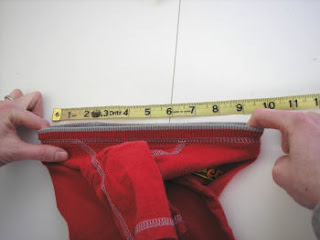The database where this information is found is called the Business & Company Resource Center powered by InfoTrac (owned by Thomson-Gale). Be sure to do an industry search. In the description area enter the word children. Several descriptions should pull up for children's and women's clothing industries. I selected #2361 - Girls', Children's and Infants' Dresses, Blouses and Shirts description.
The article has too much info to repeat here. Here are some tidbits that may interest you:
As was true for much of the U.S. apparel industry, these establishments tended to be small, family-run businesses, and they faced stiff competition from low-cost imports.One interesting observation comes from the first paragraph. Most apparel businesses are small, family-run businesses. This is exactly how most childrenswear companies start! It is a good place to be. Later, I may pull up information on the industry leaders: OshKosh, Carter's, and Gerber. Very interesting.
As of 2005, Wal-Mart carried a 12 percent share of the apparel industry, though it aimed for 30 percent. With more than 4,000 stores offering a wide variety of apparel falling within this industry, Wal-Mart's annual clothing and footwear budget alone was $35 billion.
Also contributing to the industry's decline in the United States was the reliance of manufacturers on offshore assembly of pieces cut in the United States, which actually increased during the mid-2000s.
By using computers to track inventory and sales, as well as consumers' responses to particular items, manufacturers gained the ability to respond quickly to market demand. This allowed them to get a jump on foreign producers who were often half a world away, and minimize their vulnerability to imports.
When you read things like this, it makes you wonder why anyone would enter the childrenswear business in the first place. And yet, I discover new businesses starting up all of the time (they must not have read these reports). The truth is, there is room and growth in this business, and you can do it! These types of reports look at the big guys with the big numbers. The biggest thing to remember is that you should not compete with Wal-Mart or the industry leaders on price or even look. The specialty market is always looking for something new and exciting.
Other tidbits included in the article: News (from the last few years), company profiles and industry rankings.
Source Citation: "Girls', Children's, and Infants' Dresses, Blouses, and Shirts." Encyclopedia of American Industries. Online Edition. Thomson Gale, 2006. Reproduced in Business and Company Resource Center. Farmington Hills, Mich.:Gale Group. 2007. http://galenet.galegroup.com/servlet/BCRC





